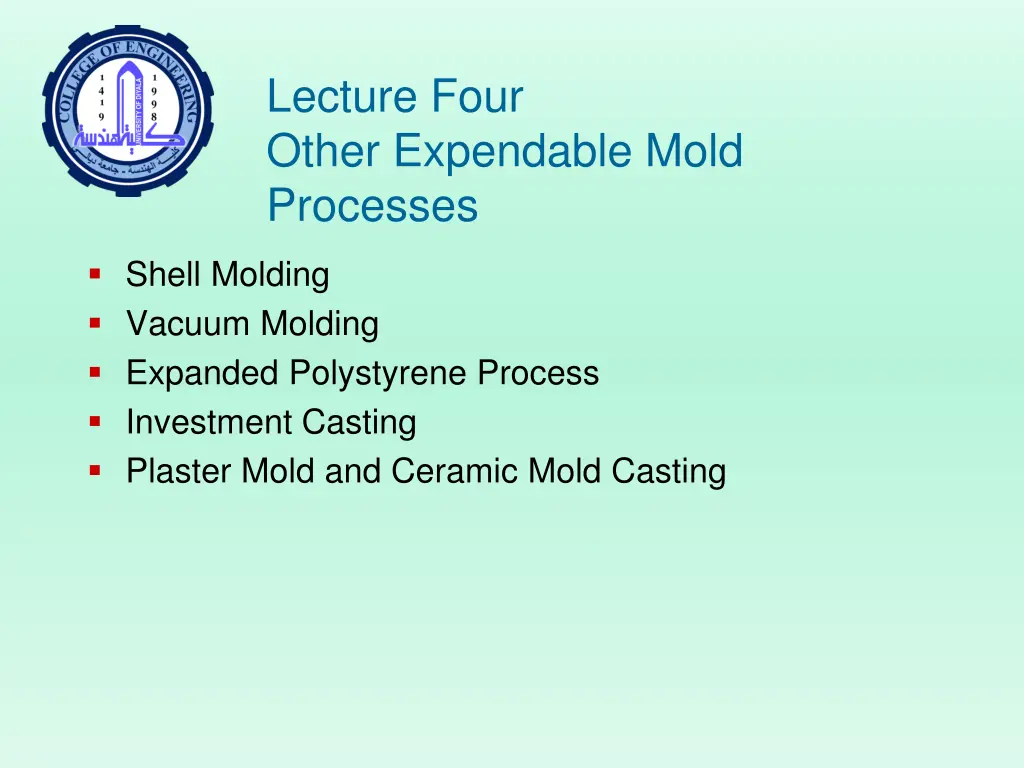
Shell Molding Process: Advantages, Disadvantages & Steps
Learn about the shell molding process, its advantages, disadvantages, and step-by-step procedure. Discover why it's used in casting and its impact on production costs and quality.
Download Presentation

Please find below an Image/Link to download the presentation.
The content on the website is provided AS IS for your information and personal use only. It may not be sold, licensed, or shared on other websites without obtaining consent from the author. If you encounter any issues during the download, it is possible that the publisher has removed the file from their server.
You are allowed to download the files provided on this website for personal or commercial use, subject to the condition that they are used lawfully. All files are the property of their respective owners.
The content on the website is provided AS IS for your information and personal use only. It may not be sold, licensed, or shared on other websites without obtaining consent from the author.
E N D
Presentation Transcript
Lecture Four Other Expendable Mold Processes Shell Molding Vacuum Molding Expanded Polystyrene Process Investment Casting Plaster Mold and Ceramic Mold Casting
Shell Molding Casting process in which the mold is a thin shell of sand held together by thermosetting resin Steps: (1) A metal pattern is heated and placed over a box containing sand mixed with TS resin
Steps in Shell Molding (2) Box is inverted so that sand and resin fall onto the hot pattern, causing a layer of the mixture to partially cure on the surface to form a hard shell
Steps in Shell Molding (3) Box is repositioned so loose uncured particles drop away
Steps in Shell Molding (4) Sand shell is heated in oven for several minutes to complete curing
Steps in Shell Molding (5) shell mold is stripped from pattern
Steps in Shell Molding (6) Two halves of the shell mold are assembled, supported by sand or metal shot in a box, and pouring is accomplished
Steps in Shell Molding (7) Finished casting with sprue removed
Shell Molding: Advantages and Disadvantages Advantages: Smoother cavity surface permits easier flow of molten metal and better surface finish Good dimensional accuracy Mold collapsibility minimizes cracks in casting Can be mechanized for mass production Disadvantages: More expensive metal pattern Difficult to justify for small quantities
